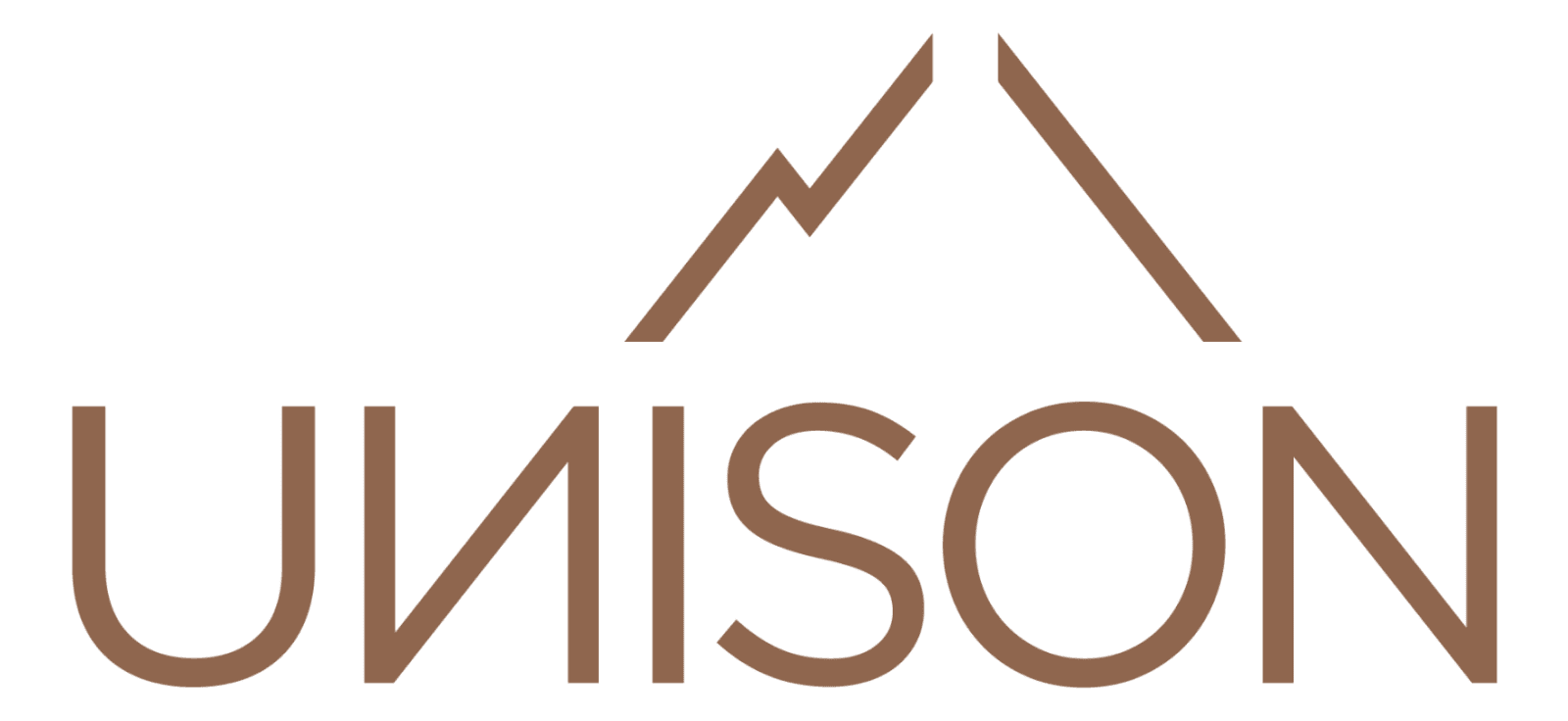Rapidly recover revenue.
Speed matters: it will not be enough for companies to recover revenues gradually as the crisis abates. They will need to fundamentally rethink their revenue profile, to position themselves for the long term and to get ahead of the competition. To do this, companies must SHAPE up.
Start-up mindset.
This favors action over research, and testing over analysis. Establish a brisk cadence to encourage agility and accountability: daily team check-in, weekly 30-minute CEO reviews, and twice-a-month 60-minute reviews.
Human at the core. Companies will need to rethink their operating model based on how their people work best. Sixty percent of businesses surveyed by McKinsey in early April said that their new remote sales models were proving as much (29 percent) or more effective (31 percent) than traditional channels.
Acceleration of digital, tech, and analytics.
It’s already a cliché: the COVID-19 crisis has accelerated the shift to digital. But the best companies are going further, by enhancing and expanding their digital channels. They’re successfully using advanced analytics to combine new sources of data, such as satellite imaging, with their own insights to make better and faster decisions and strengthen their links to customers.
Purpose-driven customer playbook.
Companies need to understand what customers will value, post-COVID-19, and develop new use cases and tailored experiences based on those insights.
Ecosystems and adaptability.
Given crisis-related disruptions in supply chains and channels, adaptability is essential. That will mean changing the ecosystem and considering non-traditional collaborations with partners up and down the supply chain.
Rapid revenue response isn’t just a way to survive the crisis. It’s the next normal for how companies will have to operate. Assuming company leaders are in good SHAPE, how do they go about choosing what to do? We see three steps.
Identify and prioritize revenue opportunities.
What’s important is to identify the primary sources of revenue and, on that basis, make the “now or never” moves that need to happen before the recovery fully starts. This may include launching targeted campaigns to win back loyal customers; developing customer experiences focused on increased health and safety; adjusting pricing and promotions based on new data; reallocating spending to proven growth sources; reskilling the sales force to support remote selling; creating flexible payment terms; digitizing sales channels; and automating processes to free up sales representatives to sell more.
Once identified, these measures need to be rigorously prioritized to reflect their impact on earnings and the company’s ability to execute quickly (exhibit).
Credits: McKinsey & Company



